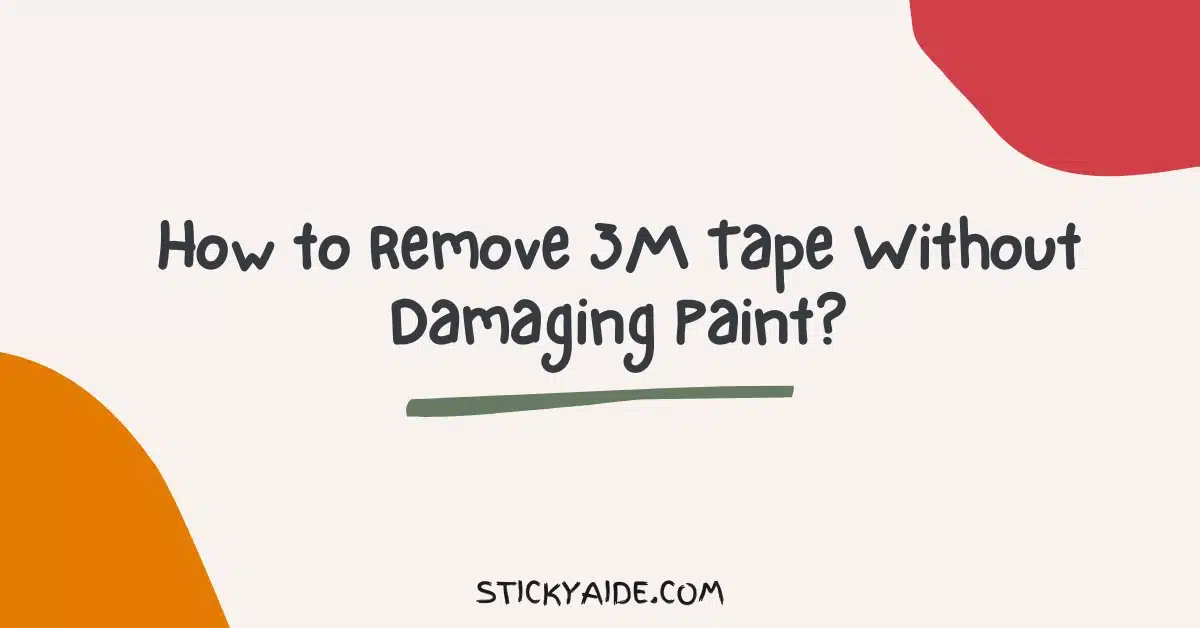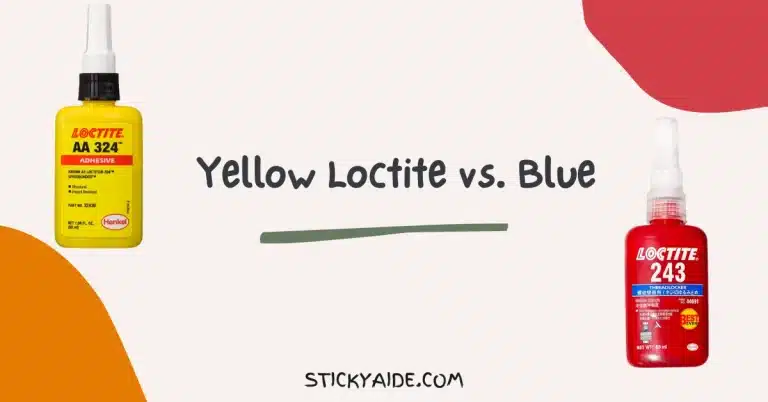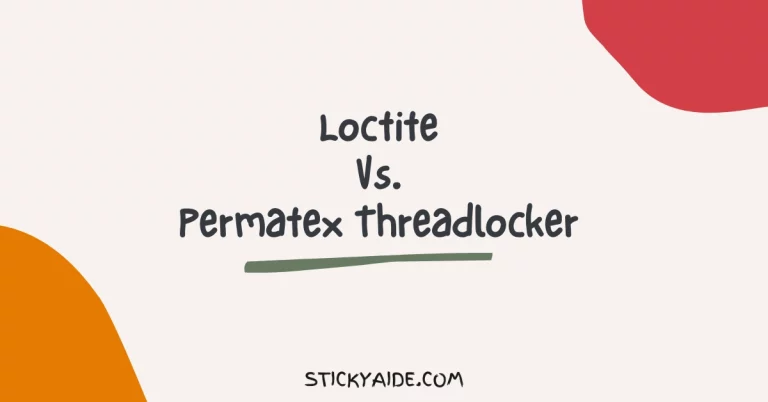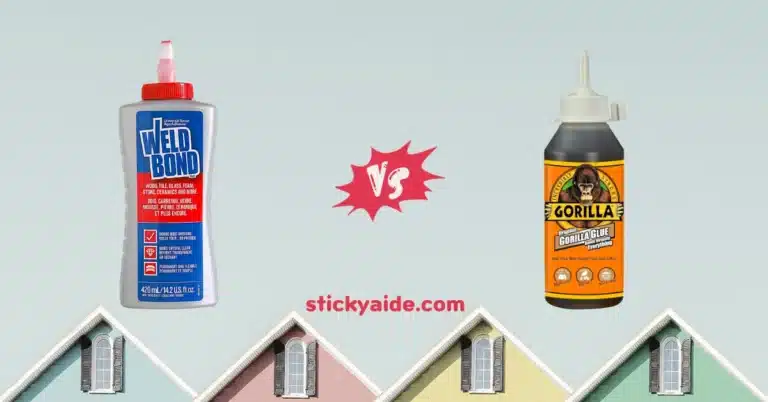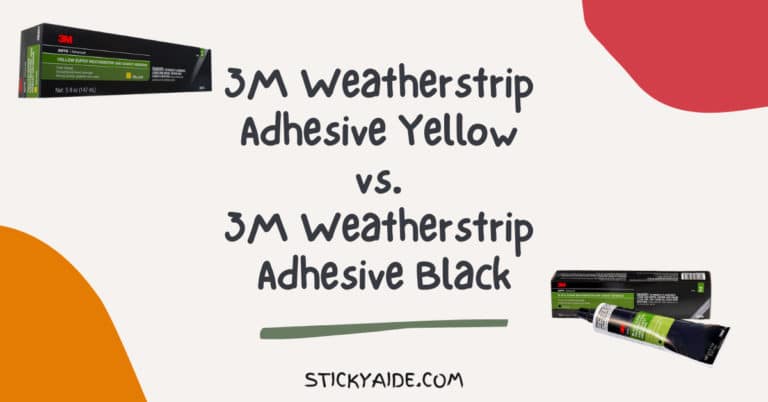Are you struggling to remove 3M tape from a surface without causing any damage to the paint?
Well, you’ve come to the right place! In this guide, I will walk you through the step-by-step process of removing 3M tape effectively and safely, ensuring that your paint remains unharmed.
Removing tape adhesive can be daunting, but with the proper techniques and tools, you can achieve a clean and seamless result.
So let’s dive in and learn how to remove 3M tape without damaging paint!
Read More: How to Remove Alien Tape
How to Remove 3M Tape Without Damaging Paint?
When it comes to removing 3M tape without causing any harm to the underlying paint, it’s important to follow the correct procedure.
Here are the steps you can follow to achieve the desired outcome:
Step 1: Prepare the Surface
Before you begin the tape removal process, preparing the surface properly is essential.
Start by gathering the necessary supplies, including a clean cloth, mild detergent, warm water, and a plastic scraper or a credit card.
Ensure the area surrounding the tape is clean and free from dust or debris.
Step 2: Test an Inconspicuous Area
To avoid any potential damage, it’s wise to test the tape removal method on an inconspicuous area of the painted surface.
This will help you determine whether the technique is safe to use without causing any harm.
Step 3: Soften the Adhesive
To make the tape adhesive easier to remove, you need to soften it first. There are a few ways you can do this:
- Heat Method: Warm up the tape with a hairdryer on low heat. Keep the hairdryer a few inches away from the surface and move it back and forth over the tape. The heat will soften the adhesive, making it easier to peel off.
- Warm Soapy Water: Mix a small amount of mild detergent with warm water. Soak a clean cloth in the soapy water and apply it to the tape. Let it sit for a few minutes to allow the adhesive to loosen.
Step 4: Gently Peel off the Tape
Once the adhesive has softened, it’s time to start peeling off the tape. Use your fingertips or a plastic scraper to lift the edge of the tape slowly.
Apply even pressure and pull the tape away from the surface at a 45-degree angle. Be patient and avoid using excessive force to prevent any damage to the paint.
Step 5: Remove Residual Adhesive
After removing the tape, you might be left with some sticky residue on the surface. To get rid of this adhesive, you can use one of the following methods:
- Rubbing Alcohol: Dampen a clean cloth with rubbing alcohol and gently rub the residue in a circular motion. The alcohol will dissolve the adhesive, making it easier to wipe away.
- Oil-Based Cleaner: Apply a small amount of oil-based cleaners, such as WD-40 or baby oil, to the residue. Let it sit for a few minutes to allow the cleaner to penetrate the adhesive. Then, use a clean cloth to wipe away the residue.
Step 6: Clean and Polish the Surface
Once all the tape residue has been removed, cleaning and polishing the surface is important to restore its original appearance. Use a mild detergent and warm water to clean the area thoroughly.
Rinse with clean water and dry with a soft cloth. If needed, apply a wax or polish suitable for your paint type to enhance the finish.
Last Opinion
Removing 3M tape without damaging paint requires careful attention and the right techniques.
Following the step-by-step guide outlined above, you can safely remove tape adhesive from various surfaces without leaving any unsightly marks or damaging the underlying paint.
Remember to prepare the surface, test the method on an inconspicuous area, soften the adhesive, gently peel off the tape, remove residual adhesive, and clean and polish the surface.
With a little patience and the right tools, you’ll be able to achieve a clean and flawless result. So go ahead and confidently remove 3M tape without damaging the paint!
Note: Removing 3M tape without damaging paint largely depends on the condition and type of paint and the duration the tape has been in place. It’s always recommended to exercise caution and test the removal method on a small area before proceeding with the entire surface.

